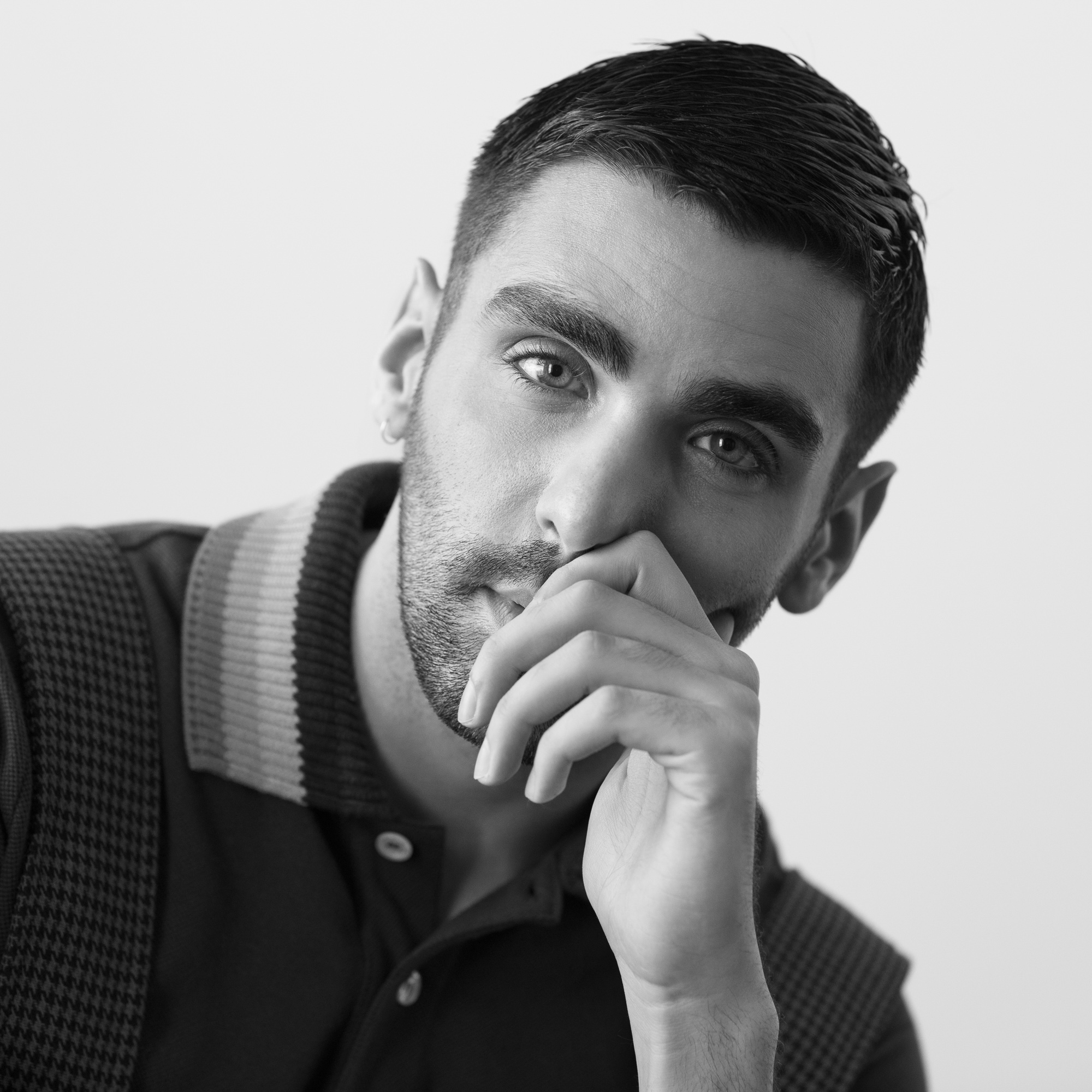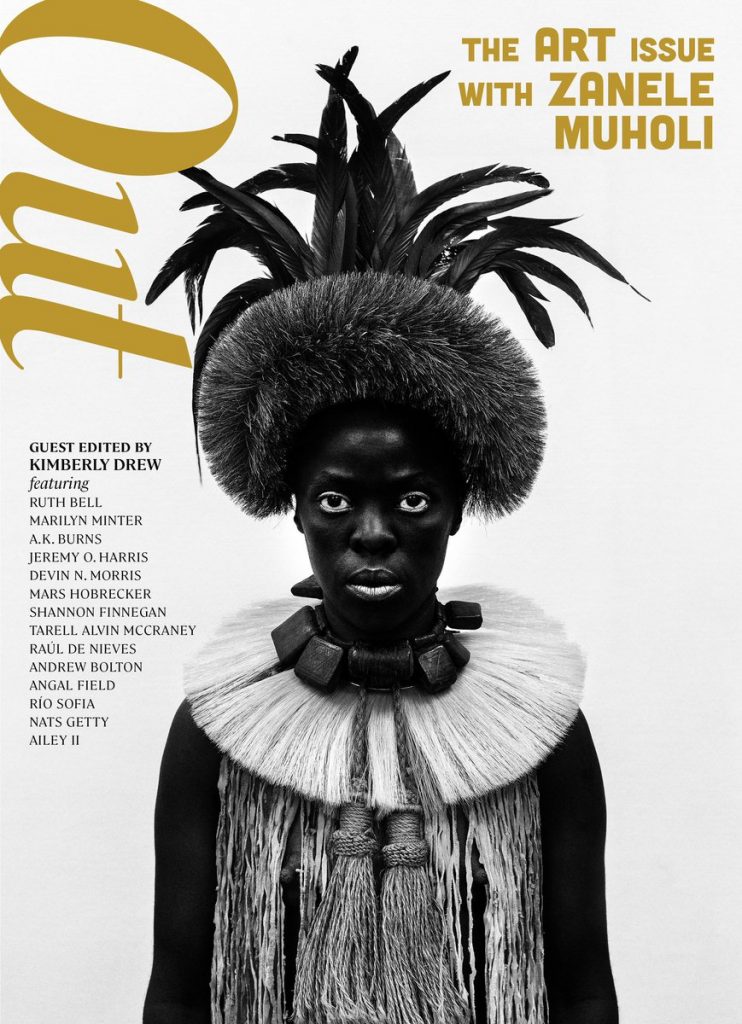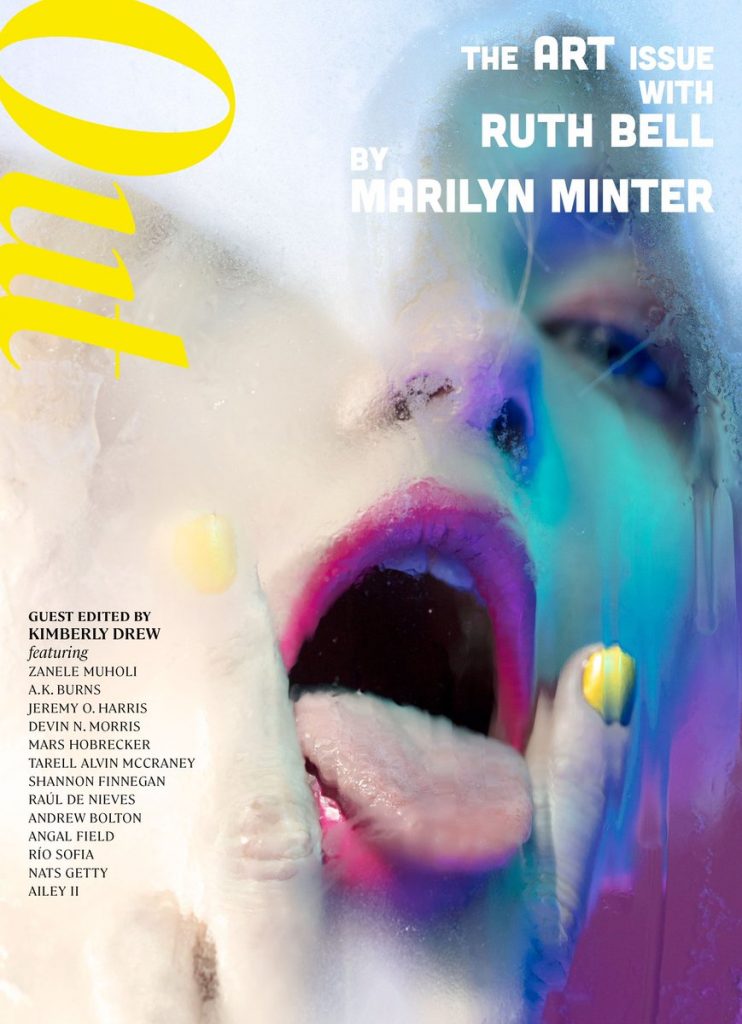In fashion and beauty, there are a couple of unicorns in the industry: Rent the Runway and Glossier being the most recent two. In today’s publishing world, they are few and far between. There is one that comes to mind, though. And sure, he may not have a spiraling horn sticking out from his forehead, but there is undoubtedly something magical about Phillip Picardi.
Picardi began his career as an intern at Teen Vogue. Eventually, he became its leader as Chief Content Officer, along with Allure and them, Conde Nast’s first LGBTQ+ publication that he founded. Now, he heads Out Magazine, the leading LGBTQ+ lifestyle publication in the United States. Mind you, he just turned 28.
How did he do it while being so young?
Many would say youth is now an advantage in all industries, the “we’re always looking for new talent” spiel. And I confess, at one point I thought youth was the key too. But it isn’t. Picardi says that being young in the creative industry allows you to connect more easily with what’s going on in the moment. More importantly, it allows for removal from the olden ivory tower that the old guards of media still value.
“Youth isn’t the thing that we need right now,” he says. “What we need is a brazen disrespect for the rules and the establishment to bring excitement back to the world of fashion and publishing.”
Picardi is doing just that, bringing excitement back, with each issue of Out.
What was once a magazine tailored towards cisgender, white, gay men, Picardi has and continues to expand Out into a fully inclusive publication. Its masthead is now predominantly composed of people of color, with those from the transgender community at every level of leadership.
For Out’s March issue, Picardi took a step back and had Janet Mock, activist and director of FX’s Pose (which Picardi highly recommends you watch!), guest edit an issue entirely created by women and nonbinary femmes. For its most recent issue–the Art Issue for May 2019, guest edited by Kimberly Drew–Out highlights the movers and shakers within the worlds of art and fashion who are part of the queer community.
Visual Activist Zanele Muholi covers Out Magazine’s Art Issue for May 2019. Ruth Bell covers Out Magazine’s Art Issue for May 2019.
“To have representation present at every level just creates a totally different standard and expectation for everyone,” says Picardi. “[It] stems into how we treat each other and how the content treats our audience. And these are things that have never happened in 27 years of publishing at Out.”
At a time where companies are suddenly championing diversity, the queer community has become more visible in mainstream media than ever before. The question is: are these brands and publications being authentic in their actions?
Companies have been under fire for recent racist imagery appearing in stores, from Prada’s “Pradamalia” keychain in late 2018 to Gucci’s balaclava sweater in early 2019 (and I still haven’t forgotten or forgiven Dolce and Gabbana for their anti-LGBTQ+ and racist remarks). Both have since, publicly, launched initiatives to tackle their lack of diversity.
“Even though ad campaigns may look different…the very structural integrity of these brands and publications has not changed,” says Picardi. “Check the masthead. Representation doesn’t just mean who’s on the cover. It doesn’t just mean who’s wearing it. It means who made it.”
In Fall 2017, trans and nonbinary models were the most underrepresented on runways; Spring 2019 has been the most trans and nonbinary inclusive season to date, according to TheFashionSpot.
Youth isn’t the thing that we need right now. What we need is a brazen disrespect for the rules and the establishment to bring excitement back to the world of fashion and publishing.”
With this increase in visibility, authentic or not, one thing that is real is the increasing rate of hate crimes and violence against trans women, particularly trans women of color. When asked about what progress needs to be made within the queer community, Picardi states that trans people need to be put front and center.
“The queer community is under attack,” says Picardi. “And whether or not we’re willing to accept it because we’re being, perhaps, fooled or tricked by the guise of representation is just an indisputable part of what we’re all living through. That is why queer media is more important now, almost, than ever before.”
Under Picardi’s leadership, Out will amplify the voices of marginalized groups within the queer community with a revitalized platform tailored for all. That’s what made Out so appealing to him, the opportunity to make a difference in the world by sharing stories in the most authentic way possible.
There seems to be one thing all of, what I like to call, “The Greats” in creative industries have in common: a passion for storytelling.
Picardi says that is his broader purpose in life. Once, he thought he had to be the one telling the story. But, after his years in publishing, he understands that some of the most powerful stories are told by others. “I think that’s the greatest joy of being an editor,” he says. “It allows me to allow other people to tell their stories the best way they know how.”
And maybe that’s the magic of Phillip Picardi—he understands his purpose while being unapologetically authentic. He uses his influence and platform for the greater good as an editor, unicorn in publishing, and decent human being. If he doesn’t restore a bit more of your faith in humanity, then I’m not sure what will.
Cover image courtesy of SCAD PR
Out Magazine covers via Twitter



